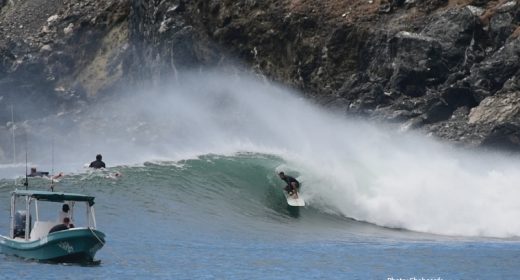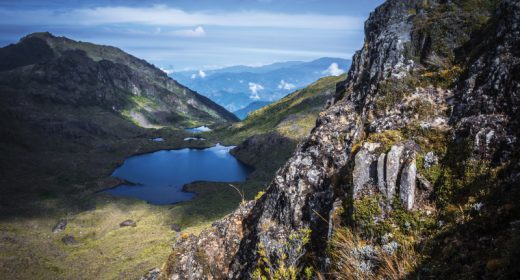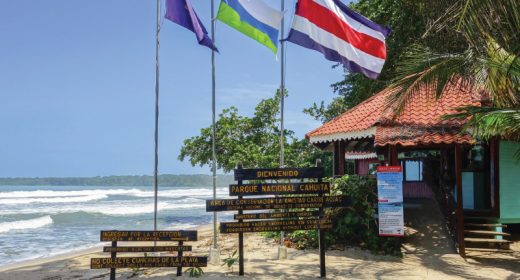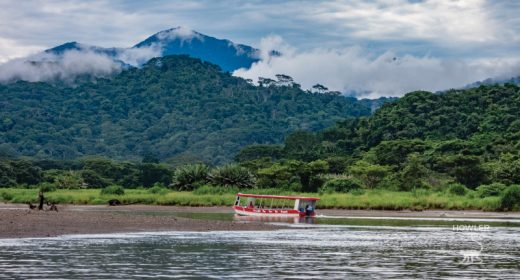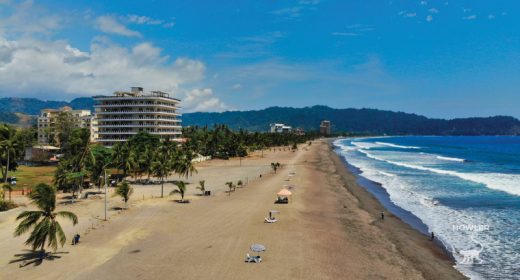
Travel Feature – SUP, paddleboarding
- SEP 04, 2017Warning: count(): Parameter must be an array or an object that implements Countable in /home/howlermag/public_html/old/wp-content/themes/new-paper/includes/general.php on line 193
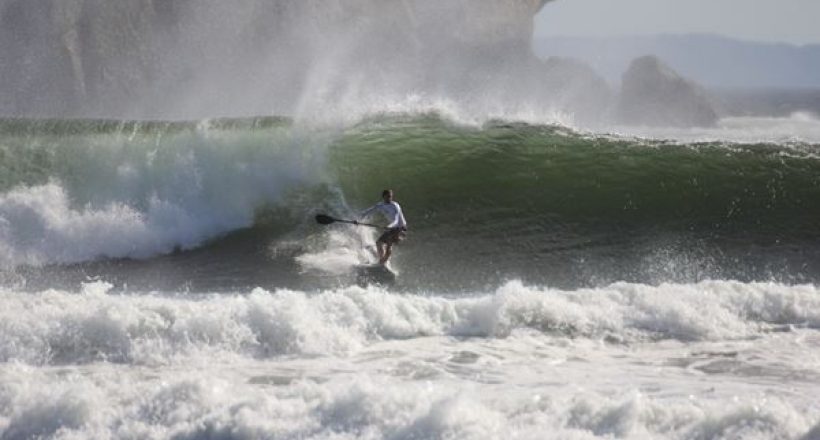
Your Lead Paragrpah goes here
…historically, humans have regarded paddling small watercraft while standing up as an efficient and ergonomic way to fish and travel in the ocean…
Stand up paddleboarding, better known as SUP, is the fastest growing water sport in the world. It offers a great full-body workout focusing on the core muscles. Relatively easy to learn, it’s a delightful way to glide out in the ocean or any other body of water.
As the sport has evolved, three main aspects exist: flatwater, SUP surfing and the whitewater river. Different types of boards, paddles and safety equipment have been developed in each instance.
Our main focus here is SUP surfing.
A little bit of history
The origins of SUP go way back, actually thousands of years.
African warriors of some tribes used their spears to paddle, standing up in their canoes for stealthier forms of attack when at war with other tribes. In South America, some north Peruvian tribes used to go out in ocean to fish on a craft they originally called TUP, which the Spanish later called caballito de totora. It was made of reeds, and they used a long piece of bamboo to paddle standing up. On their way back from fishing, they would surf the waves.
In the 16th century, Hawaiian surfers used very big boards, around five meters long, operated with a paddle. Fast forward to 1940s, Hawaii, when Duke Kahanamoku and other surf instructors used to stand up paddle in Waikiki and called it beach boy surfing.
While Iliving in Barra del Colorado on Costa Rica’s north Caribbean coast in 1982, I observed that local fishermen would paddle standing up in their dugout canoes to negotiate the sides of Río Colorado going upstream. While in Guatemala, I saw Mayan fishermen in Lake Atitlan, stand-up paddling in their Cayuco dugout canoes, to go out fishing.
It seems that historically, humans have regarded paddling small watercraft while standing up as an efficient and ergonomic way to fish and travel in the ocean, surf the waves and navigate lakes and rivers.
Modern SUP surfing
A little over a decade ago at Maalaea Mud Flats, Maui, Laird Hamilton and Dave Kalama started to surf one-foot waves on huge tandem boards while paddling standing up with outrigger paddles. They had fun, and after trying it several times, Laird asked Gerry Lopez and Ron House to shape some SUP surfing boards for training in the small Malibu summer waves.
So that’s how boards for this purpose originated and kayak paddles were modified. Ultimately an SUP-specific paddle was made to order for Hamilton, in 2001. And on September 12, 2002, he SUP surfed a six-foot Malibu swell and the rest is history. Modern SUP surfing was here to stay!
 SUP surfing today
SUP surfing today
The first modern, post-2002 SUP surfing boards were huge and the paddles were long and heavy. This quickly changed as more and more surfers turned to SUP surfing. More shapers started to experiment with smaller and lighter boards. SUP surfing thus evolved from using huge boards designed mainly for small waves, to shorter, lighter and higher-performance boards that could handle any size waves.
Meanwhile, the paddle became an integral part of SUP surfing, and its proper use is taken into consideration when scoring points in the tournaments.
SUP surf paddles are now made of carbon and kevlar fibers with different flex and blade sizes. They enhance the SUP surfing experience and allow for amazing performance.
SUP surfing today is more exciting than ever. With excellent equipment available, the both male and female enthusiasts are breaking new ground performance-wise. We can only foresee the brightest future for this amazing sport.
